Hercules, Steve Reeves, and Miss Gladys Giddens
First time I encountered Hercules I was 12 or so. Not the Marvel Comics hero who debuted in 1964, but the unforgettable bodybuilder-turned-actor Steve Reeves in the 1958 English-dubbed Italian film, “Hercules,” the first of eight sword-and-sandal flicks he starred in over the next five years. For me it was love at first fight, and the beginning of a lifelong fascination with the ancient Greeks and Romans.
I recall some counselors from Norview Junior High School (NJHS) visiting with us sixth-graders at Crossroads Elementary to talk about elective courses we could choose for seventh grade. One was Introductory Latin, the language of the Romans, and I signed up then and there, attracted by what I’d heard were the subject’s challenges and by the mystique of ancient Rome.
Our teacher was Miss Tidwell. You can imagine us adolescent boys giggling at her name, especially because she was indeed very well endowed. But Miss Tidwell taught well too, and so I was off to the (chariot) races.
In my second year at NJHS, Norfolk schools were closed during the fall to avoid a federal integration order – so I missed a couple months of Latin while enrolled at Spurgeon Presbyterian Church, one of the city’s numerous makeshift white-flight schools (we dubbed the place Spurgeon High Institute of Technology, with the laughable abbreviation.).
Nerd that I allegedly was, I marveled at Latin’s complexities and the stories we read and translated, but no more than at the seemingly endless swash of swords and sandals. When still at Norview Junior, I’d walk or bike to the Suburban Theater at Wards Corner to see every new extravaganza about Romans and Greeks, heroes and monsters, as soon as they premiered on the CinemaScope screen, invented in 1953 and gigantic in contrast to our black and white 12-inch TV.
In 1959 alone Reeves starred in three more Greco-Roman epics, the sequel “Hercules Unchained,” “The Last Days of Pompeii,” and “The Giant of Marathon,” about the legendary Pheidippides, who in 490 B.C. ran 25 miles from Marathon to Athens to announce the Greeks’ victory over the Persians (thus inspiring our modern marathon footrace).
In 1959 Charlton Heston played the title role in “Ben-Hur,” leader of the resistance to Roman rule in Judaea, and the next year we had “Spartacus,” with Kirk Douglas spearheading a revolt of his fellow gladiators and other slaves. Reeves starred in 1961 as Spartacus’ son Randus in “The Slave,” and in 1961 was the victorious brother in “Romulus and Remus,” Rome’s founding story.
When I was at Norview High, 1959-63, the Latin teacher was dear Miss Gladys Iola Giddens. I remember senior year reading with her Vergil’s Aeneid, the Trojan War epic recounting Aeneas’ escape from Troy with his father, son, and followers in their quest to found a new Troy, which would become the city of Rome.
In a happy coincidence Steve Reeves had played Aeneas my junior year at NHS in “The Trojan Horse” (1961) and reprised the role in “The Avenger” (aka, “The Legend of Aeneas,” 1962) just when I was reading the Aeneid senior year.
Reeves went on to act in only four more movies. He was forced to retire in 1968 due to injuries sustained in a chariot crash while filming “The Last Days of Pompeii” – injuries repeatedly aggravated as he persisted in doing his own stunt work in subsequent productions.
Among the highest paid actors in the world at the peak of his career, Reeves enjoyed a comfortable retirement until his death at age 74 in 2000.
Miss Giddens, sadly, passed at age 59, in June 1963 – just about the time I graduated from high school. My classmates and I knew she was ill, and we had raised money for a scholarship in her name to be awarded each year to Norview’s top Latin student.
Flash forward 60 years, after college, and graduate school, and a 40-year career teaching Latin and Classics at the University of Georgia, and, with gratitude to the Herculean Steve Reeves, I still have a passion for swords and sandals sagas, like Russell Crowe’s “Gladiator” (2000) and Brad Pitt as Achilles in “Troy” (2004).
As for my love of Latin and language, I thank of course the inimitable Miss Giddens, mistress of “The Mother Tongue.”
And to my mom and dad, Maggie and “Frenchie” (as his World War II Navy buddies called him), I owe a different kind of gratitude. Neither ever made it to high school or read much at all (except the Bible).
But they nurtured my love of learning, bought me books they couldn’t afford (the Britannica, the Great Books of the Western World), and scraped to send me to University of Virginia. To them both, as the Romans would say: Multas Gratias, Mater Et Pater!
Rick LaFleur, who was “12 or so” in the 1950s, is retired from four decades of teaching Classics at the University of Georgia; his latest books are The Secret Lives of Words, a collection of his widely distributed newspaper columns, and Ubi Fera Sunt, a lively translation into classical Latin of Maurice Sendak’s children’s classic, “Where The Wild Things Are.” He and his wife Alice live part-time in Apalachicola, under the careful watch of their bobtail manx Augustus.

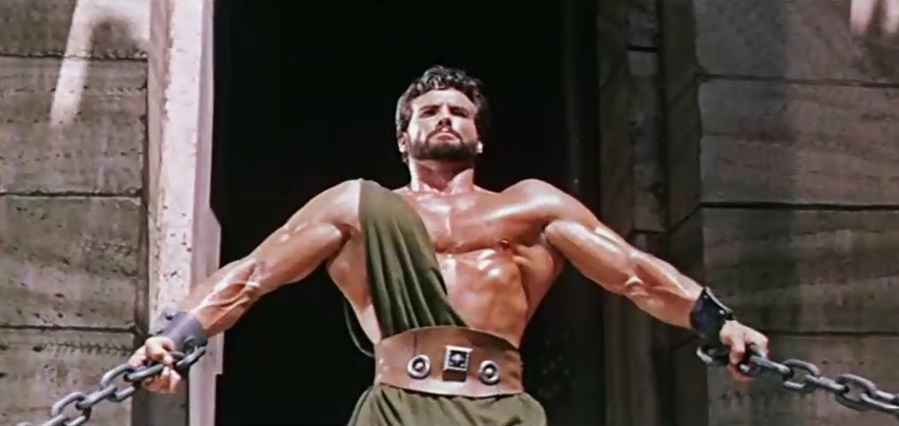
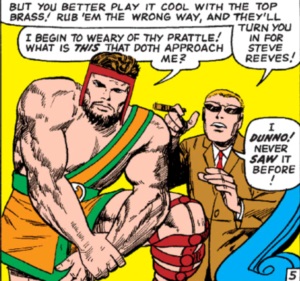
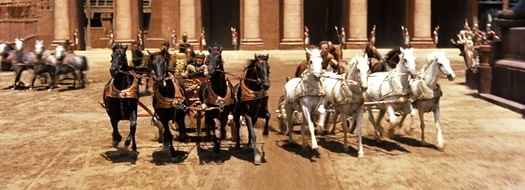
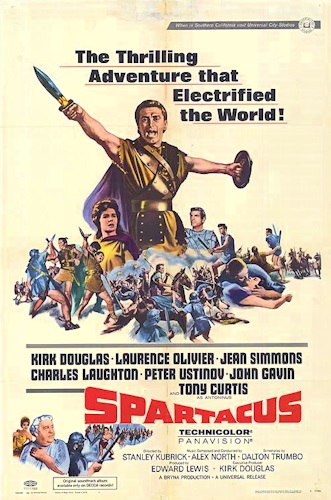
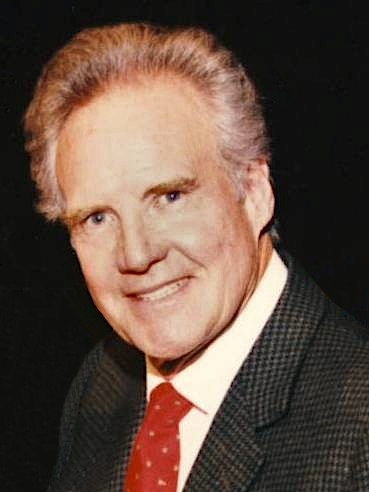
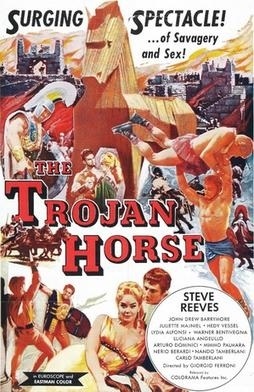
Meet the Editor
David Adlerstein, The Apalachicola Times’ digital editor, started with the news outlet in January 2002 as a reporter.
Prior to then, David Adlerstein began as a newspaperman with a small Boston weekly, after graduating magna cum laude from Brandeis University in Waltham, Massachusetts. He later edited the weekly Bellville Times, and as business reporter for the daily Marion Star, both not far from his hometown of Columbus, Ohio.
In 1995, he moved to South Florida, and worked as a business reporter and editor of Medical Business newspaper. In Jan. 2002, he began with the Apalachicola Times, first as reporter and later as editor, and in Oct. 2020, also began editing the Port St. Joe Star.